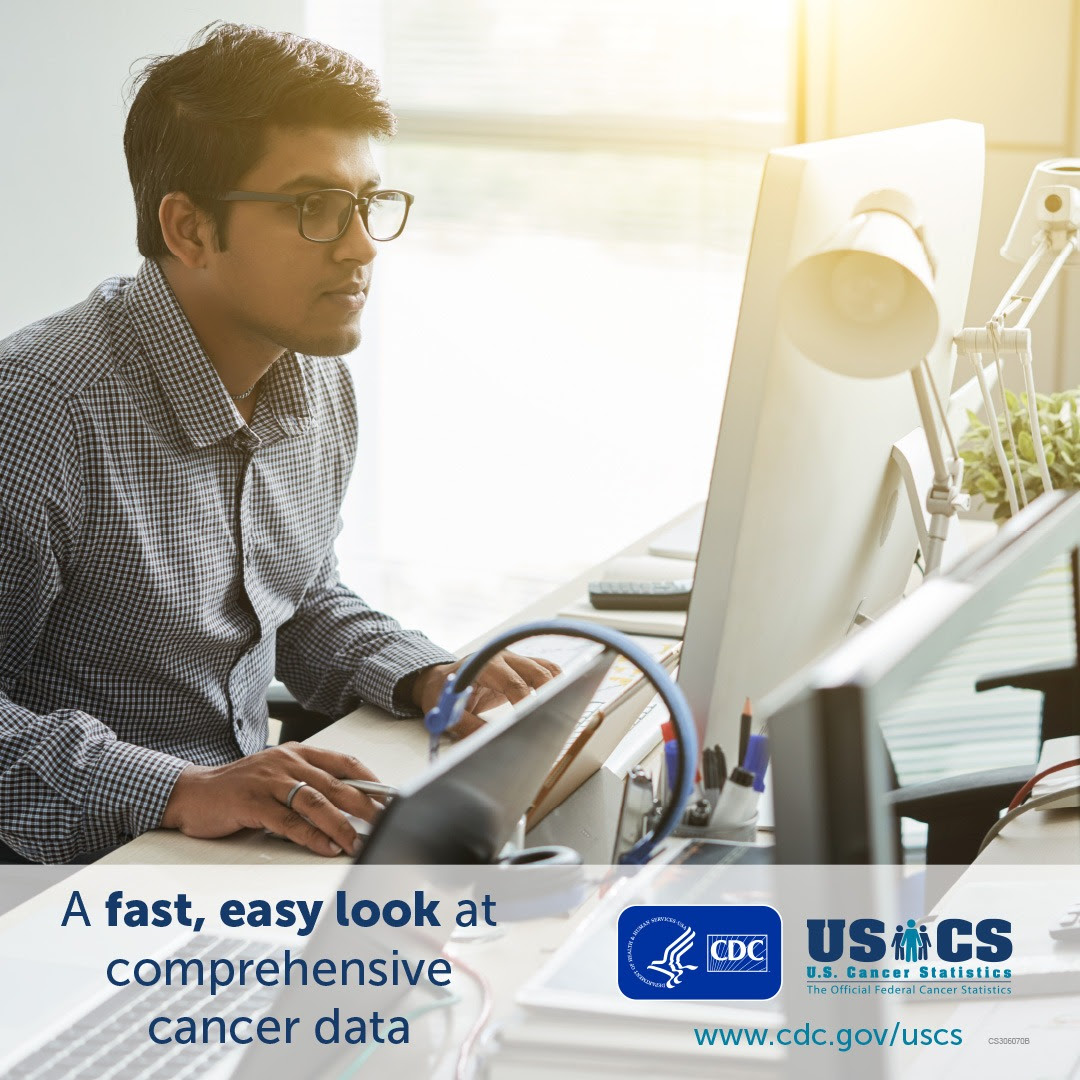Cancer Survivors: Celebrating Milestones and Staying Healthy |
|---|
Improvements in early detection, treatment, and follow-up care are helping more people survive cancer. On June 2, 2019, many people across the world celebrated National Cancer Survivors Day – a day to honor cancer survivors and raise awareness around the challenges they face by showing the world that life after cancer is a reality.
If you or your loved one are celebrating being in remission, CDC congratulates you and wants to remind you of some simple things you can do every day to stay healthy such as, being physically active, getting plenty of rest, not smoking, and limiting the amount of alcohol you drink.
|  |
|---|
For those receiving cancer treatment, CDC encourages you to take steps to stay as healthy as you can. Having cancer and undergoing certain treatments can raise the risk for an infection or sepsis. Find out what CDC is doing to help people with cancer prevent infections and get ahead of sepsis.
|
|---|
New Cancer Data Available: View More and Do More |
|---|
 |
For comprehensive cancer data, CDC is your go-to source. New U.S. Cancer Statistics data are available in an updated Data Visualizations tool and public use database. U.S. Cancer Statistics (USCS) are the official federal cancer statistics, providing the latest cancer information on the entire U.S. population. This data resource combines cancer registry data from CDC’s National Program of Cancer Registries (NPCR) and NCI’s Surveillance, Epidemiology, and End Results (SEER) Program.
The Data Visualizations tool is an easy way to explore and use the latest USCS data. It includes interactive graphics and text explaining the data. You can create and export presentation-ready trend graphs, maps, and tables by state, county, and demographic characteristics.
|
|---|
The public use database includes cancer incidence and population data for all 50 states, the District of Columbia, and Puerto Rico. The de-identified data are available online, at no cost to researchers. With more than 26 million cases in the database and 16 years of data available (2001 to 2016), this is a rich source of data for generating publications, including research on cancer trends and rare cancers. Learn more about USCS data.
|
|---|
New Study Looks Into Financial Hardship of Cancer Survivors |
|---|
 |
Currently in the United States, an estimated 16.9 million people are living after receiving a cancer diagnosis. A new study recently published in the Morbidity and Mortality Weekly Report (MMWR), looks at out-of-pocket medical costs and financial hardship among cancer survivors in the United States. Based on data from the 2011-2016 Medical Expenditure Panel Survey (MEPS), cancer survivors aged 18-64 years had higher annual out-of-pocket medical costs than people without a cancer history. Approximately 25% of cancer survivors reported problems paying medical bills, and many with private insurance coverage reported borrowing money, being unable to cover their share of medical care costs, going into debt, or filing for bankruptcy. CDC’s Dr. Donatus Ekwueme, first author on the report, discussed these findings during an interview with CNN Health, which also feature the report.
|
|---|
Conquering Skin Cancer and Inspiring Others |
|---|
 |
An active lifestyle that includes outdoor activities, can lead to more exposure to ultraviolet (UV) rays. Being exposed to UV rays without protecting your skin adds up over a person’s lifetime, and increases the risk for skin cancer. In a recent blog post, CDC’s Ginny Kincaid, a cancer survivor, shares how her skin cancer diagnosis changed her life and made skin cancer prevention a priority. Conquering skin cancer reinforced a change in behavior to make sun protection with sunscreen, hats, sunglasses, and clothing, a daily routine – not just for time spent at the beach or pool. Her experience overcoming skin cancer has inspired family and friends to take action and have unusual skin changes looked at by a doctor, and embrace sun-safety each day to help prevent skin cancer.
|
|---|
Helping Men Make Healthy Choices to Lower Cancer Risk |
|---|
 |
National Men’s Health Week is June 10 – 16, 2019, and reminds men to pay attention to their health and get regular medical checkups and screening tests. Each year, the week leading up to Father’s Day is dedicated to bring awareness to health conditions that affect men. This observance helps educate men about practicing healthy behaviors for better health, which can also reduce the risk of cancer. Making healthy lifestyle choices such as, not smoking (or quitting), limiting the amount of alcohol, protecting skin from ultraviolet (UV) rays, and getting regular physical activity, can lower the risk of developing many types of cancer. Learning about family health history can help you find out if you have a higher cancer risk, and help you make the best decisions about screenings and treatment. Get started on your way to better health.
|
|---|
Did You Know?
|
|---|
Division of Cancer Prevention and Control
|
|---|





















.png)










No hay comentarios:
Publicar un comentario